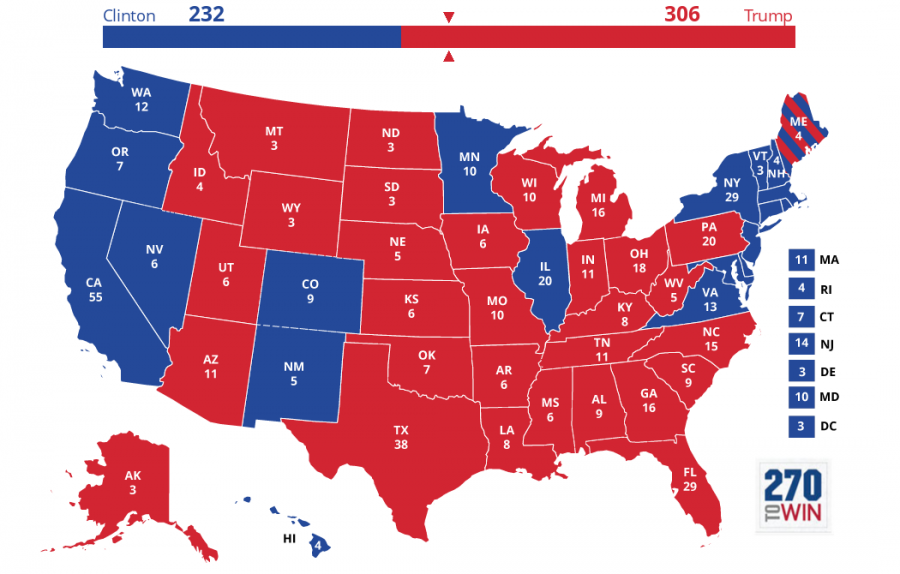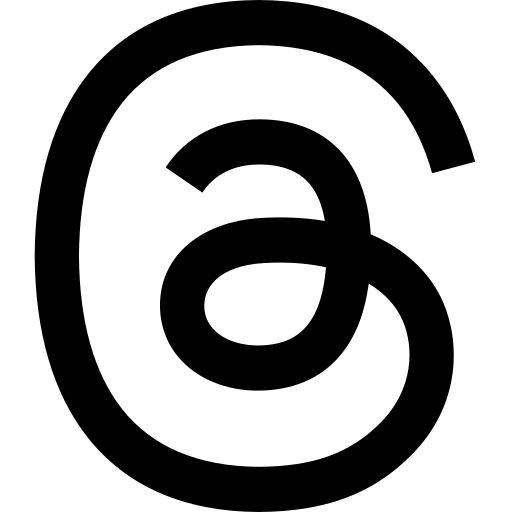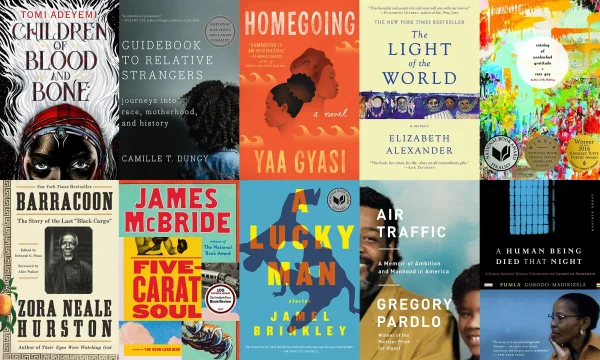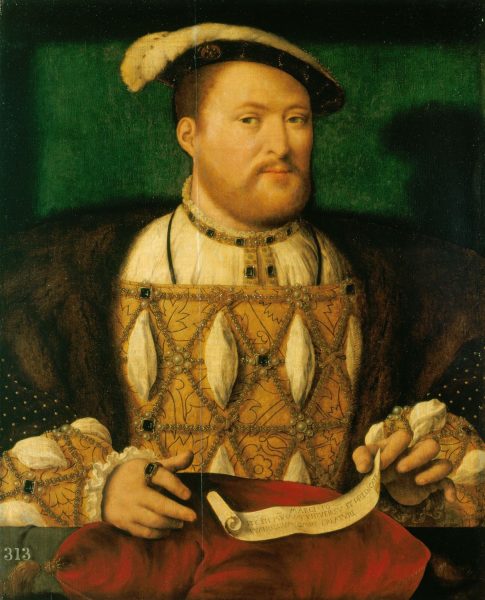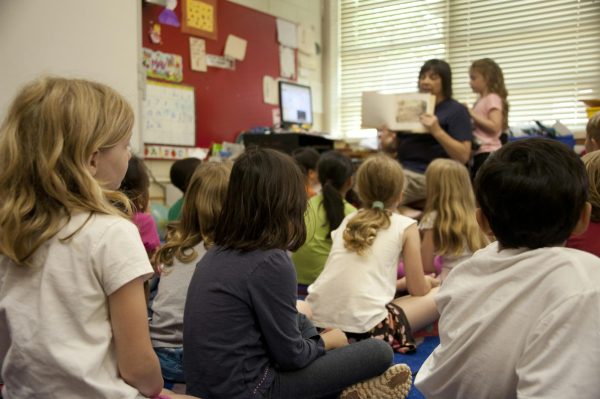Although a 2020 Trump victory seems unlikely, so did a 2016 one
Why America’s most unexpected president can snag another four years, and what young voters can do to stop it.
https://www.270towin.com/maps/2016-actual-electoral-map
The 2016 election turned America red. But in 2020, it’s our job to paint the white house blue.
When the year 2020 arrives, Shorecrest’s current seniors, juniors, and most sophomores will be able to vote in the presidential election. While we don’t know who our candidates will be, we can be pretty sure that the hotly criticized current president Donald Trump will be one of them. On January 8th, 2018, White House spokesperson Hogan Gidley stated that Trump will in fact seek re-election. So we as Americans have to ask ourselves two questions. Do we want another four years of Trump? And if not, what do we need to do to stop him?
In order to keep Trump from grasping a second term, we have to take a look at how he got elected the first time around. We all remember that night; sitting in front of the television watching wide-eyed as Hillary Clinton’s seemingly easy victory was swept out from under our feet. Many are doubtful that after so many missteps, inappropriate tweets, and outrageous scandals that the Trump administration will find victory in three years time. However, much of America had the same thought in 2016. This false sense of comfort is likely one of the reasons Trump is sitting in the White House today. We can organize the sources of his success into three categories: voting choices, the failures of our political system, and Trump’s ideological campaign. If we can disable any of these three factors, we can avoid another four years of Trump; all we have to do is find the weakest link. If nothing changes, Trump has a pretty good shot at being in the White House again.
Many blame the catastrophe that was the 2016 election on third party voters and lack of voter turnout. They aren’t far off. Only 55.4% of eligible voters showed up to the polls, but just 50.3% of the electorate chose a legitimate candidate. Many see choosing a candidate outside of the party binary as a poor choice. According to CNN, alternative candidates took about 5.1% of America’s votes. “Basically you’re kind of throwing away your vote,” says Shorecrest senior Mumina Ali. Third party votes came primarily from the political left, splitting the liberal vote and opening up space for conservative ballots to pour into the boxes.
Historically red states had greater voter turnout in 2016 than in 2012. CNN Politics lists that Michigan cast 4.8 million ballots in 2016, compared to 4.7 million four years prior, North Carolina’s turnout was uped by over 100,000 votes, and Florida experienced a hugely significant almost one-million vote increase. It seems that Republican voters were more concerned with getting Trump in office than they were about keeping Obama, a president that many Republican voters heavily criticized and ridiculed, out of office. So what brought on this conservative fervor in the United States? What was it exactly that attracted even moderate Republicans to Trump like flies to honey? It has something to do with the way he ran his presidential race.
It comes down to xenophobia. Trump’s campaign survived off of attaching sentimental value to the ‘old days’ when America was supposedly a better, more moral country (hence the “Make America Great Again” slogan). And as Americans across the country, especially in the middle, reminisced upon the fake glory that encompassed years past, they found the greatest threat to their beloved America was the outside world, and all the people who came with it. By painting the new and the unknown as threats to our American Dream, Trump was able to alienate and put down not only marginalized groups, but entire countries and regions. Fear is likely one of the greatest catalysts in human life, and when a politician can tap into that fear and corrupt it, they become almost unstoppable.
Trump is a master of this tactic. Not only did he win the election, he built a nation of fearful Conservatives within the United States and told its citizens that everyone who wasn’t in their group were people to be scared of: that they were trying to trick them, hurt them, tear away their hopes and dreams. And it worked. It worked very well. Suddenly everyone and everything that wasn’t traditionally “American” was an enemy: immigrants, abortion rights, the LGBTQ+ community, gun control, etc. no longer belonged here in their eyes. Trump had made America theirs, and anything that presented a danger to their America no longer had a place in the country at all, let alone the political scene. Which is why Hillary Clinton suffered so greatly at the hands of Trump’s anti-government sentiment.
Clinton is both a woman and a true life-long politician, which are two characteristics Trump easily spun as a risk to his description of the old-America, the one that was great and prosperous. Think about it, America’s foundation lies with those who defied the establishment, shook up the government, and started their own nation free from the control of monarch-like forces. Someone like Clinton, whose family tree is rooted in politics, seems to embody everything Trump’s supporters are against. His “drain the swamp” rhetoric turned Clinton into a very loathable opponent. Whereas her history made her appear corrupt and against American fundamentalism, Trump’s complete absence of a political background made him appear as a clean slate. Those who support him are the ones who feel most attacked and harmed by big government: the rich who don’t want to give up their uneven gains, and the uneducated poor who are easily tricked into believing established politicians will forget about them. This keeps his base believing that his actions are valid and will serve them, the Americans — the true Americans, as certain people view it.
With Trump in the White House a whole new door has been opened. His rise to the presidency has proved one major fact: literally anyone can be president. Many Americans no longer want a politician in office, they want someone who they think will fight for them. Somehow Trump has made it seem favorable to have someone with no political background in charge of one of the most powerful and important political systems in the world. This sudden want for a non-political government is a direct effect of America’s electoral and political party process’s shortcomings, the third reason why Trump was so easily able to find victory.
You don’t have to be a political scientist to understand the basic idea of democracy: the option which the majority desires is the option taken. We’re all taught this function from a young age. Don’t you remember sitting in elementary school classes and taking votes over what book will be read at storytime, or what will be eaten for snack? Why then does democracy not work that way in real life? How is it that Clinton won almost three-million more votes than Trump and still ended up in second place? The answer is the electoral college. We’re all familiar with this system; electors are chosen from each state (a number decided on by adding each state’s two senators to their number of representatives in the House), who then are supposed to reflect the popular vote of their state. The problem lies in the fact that populations are disproportionately represented.
The reason for the electoral college’s existence was to find a middle-ground between state and federal power. Early America needed this system as many were afraid of turning power fully over to the citizens. Founders were worried that the American population, mostly rural uneducated farmers, were incapable of making such an important decision. In a time when America had just dismantled the failed and state controlled Articles of Confederation, in which state governments were superior to the federal government, allocating more electoral control to the states made sense: the country needed a chance to transition. Before the United States was a sovereign entity, colonists identified themselves as a citizen of Virginia, Colorado, or New York, not a citizen of the United States. It is understandable that those in less populous states worried about their representation if a popular vote for president was implemented. By securing the electoral college in small states, it is ensured that no one was left out of the process, and made sure that enough states were happy with the new system to accept it as their own in the young country.
But, what actually happens is that some citizens end up with more electorates representing them than others. The Huffington Post Blog exposed the fact that the citizens of the least populous US state, Wyoming, have more representation than those of the most populous state, California. This is because Wyoming, whose population makes up less than one-fifth of a percent of America’s population has three, or one-half of a percent, of the national electoral college votes. This is because Wyoming has three people in Congress due to the fact that each state automatically gets two senators. If based on population, the state would have a single electoral vote for the one representative they have in the House. The result is that in Wyoming each elector represents about 200,000 voters, while in California each elector represents about 700,000 voters. This flawed system is the reason that candidate Donald Trump was able to beat Hillary Clinton by 74 electoral college votes even though the majority of the population voted for her; his fan base is mostly in rural, low population states where each individual’s vote matters more than an individual in a high population state. Since urban centers are generally liberal hotspots, the Republican vote in America is more powerful than the Democratic.
We are at a point where the electoral college doesn’t need to play a role any longer. If more people want a certain candidate, that candidate should be the one in office. It’s simple, really. Alexander Hamilton stated that the electoral college ensures “that the office of President will never fall to the lot of any man who is not in an eminent degree endowed with the requisite qualifications.” But, that is exactly what the electoral college allowed to happen in the most recent election: someone very unqualified for the position made it to the presidency. This electoral system was developed two-hundred some years ago. We as a nation have outgrown it.
The final piece in the puzzle of Trump’s victory is party politics. How was it possible for Trump’s extreme ideology to make it onto the ballot in the first place? It comes down to the lethal combination of weak parties and strong party loyalty. America seems to be divided between blue and red, leaving no room for any shade of purple. Someone is either a Democrat or a Republican, and this is because those two parties seem to be in a battle over political issues. In other countries, parties represent a singular problem, say women’s rights or the environment. Citizens then tend to vote for the party that they feel best represents their major concerns. Two people, then, could have the same general political leaning but vote for different parties based on what they care the most about getting changed in the country. In America, however, the Democrats and Republicans have created a monopoly on government: pulling every possible social, economic, and political issue under their umbrella, while actively opposing anything the other party agrees with. This severely weakens the parties as they run on a solely anti-opponent platform and lose the ability to actually work with the opposing party once elected, as any deviation from strict red or blue lines would mean venturing into a scary and uncharted purple territory. The American citizens don’t like purple and politicians try to stay out of it as much as possible in order to stay in office. We have a strange system in this country that favors getting elected over getting things done in government.
With strong party loyalty from Americans fostered by the two parties’ partisan ideals, it becomes very hard for a true Republican (those who are traditional and view Trump as too right) to vote Democratically. In fact, people would rather vote for a party rather than a person. This is the fatal flaw of our otherwise carefully constructed democracy. Putting party over candidate works exceedingly well in other developed democratic nations due to well established and specific political parties, but our weak party system doesn’t allow for similar success. When anyone from a full-out communist to a moderate with liberal leanings can fall under the umbrella of “Democrat,” and an alt-right white nationalist can share the label “Republican” with a mild libertarian, we really have no idea who we’re voting for if we look just at party association. In this way, many Republicans who would probably have preferred Clinton marked Trump’s name on their ballot just because of his label and their blind commitment to the Republican party.

Visit this site to register to vote in Washington State.
Now that we have some ideas about why and how Trump won, we have to look at what will stop him. First, can we dismantle the big picture political and electoral institutions in America and renovate them before 2020? Probably not. Every election year Americans question and criticize the electoral college and bash partisan politics, but nothing seems to be changing. Third party candidates made amazing strides in 2016, and we can look forward to days when they are truly valid ballot options. Having faith is important, but realism is an equal virtue-; we can’t change these problems in three years, but they are valid goals to continue to work towards for the future. Second, can we change the way people think about Trump and his ideology? Not easily. His rhetorical success is at the mercy of whatever events happen in the next few years. If terrorist attacks and immigrant crimes increase, so will Trump’s support. But if collusion with Russia is proved, his support might decrease, though that may not be enough. . Unfortunately we can’t predict any of that, so there lies one last option: voting. “We should use [voting] to our advantage, we shouldn’t take it for granted,” said Ali. Smarter voting is something we can fix, and it’s in the hands of young people today.
Millenials and Gen Z seem to be the most liberal voters yet, which is why we need to them to do two things: show up to vote, and not select third party. According to CNN, in 2016 55% of voters age 18-29 voted for Clinton, while 9% voted third party. No other age range voted so clearly in favor of Clinton. Imagine if that left over 9% had gone towards Clinton, not a candidate with no chance, raising her percentage to 64%. According to Brookings, only 50% of voters age 18-29 actually showed up to the polls. This age group, as stated by Marketing Charts, made up 16.6% of the total population in 2016. What if we could double this presence at the ballot box next time? What if we had 8.3% more people voting blue? By voting, said Shorecrest senior Luke Kane, “You are changing the fate of how your country is going to be run.”
Imagine in key states like Florida and Pennsylvania, where Trump won by under 2% of the vote, or in Michigan and Wisconsin, where Clinton lost by less than a single percent. Those votes would have mattered, they could have tipped the scale. If even just Florida and Wisconsin would have went blue, Hillary would have reached 271 electoral votes, winning the election; leaving Trump sitting at 267 votes.
Our government is so well set up that we can’t dismantle its institutions from the outside; we have to get inside the system first. We can’t destroy the xenophobic attitudes in our nation quickly, and we surely can’t fix the ineffective electoral system in a timely manner either. We have to vote, and we have to vote for a viable candidates. At the very least, “vote against the person you feel like isn’t going to help our country,” said Ali, instead of taking the third party route. Hillary may not have been the most likeable candidate, and there might be unattractive candidates in the future, but we have to ask ourselves if the alternative is worth it. The fact is that if everything stays the same Trump will win re-election. Don’t let Trump’s failures make you comfortable come 2020; as long as he can still win, we have to still vote.



